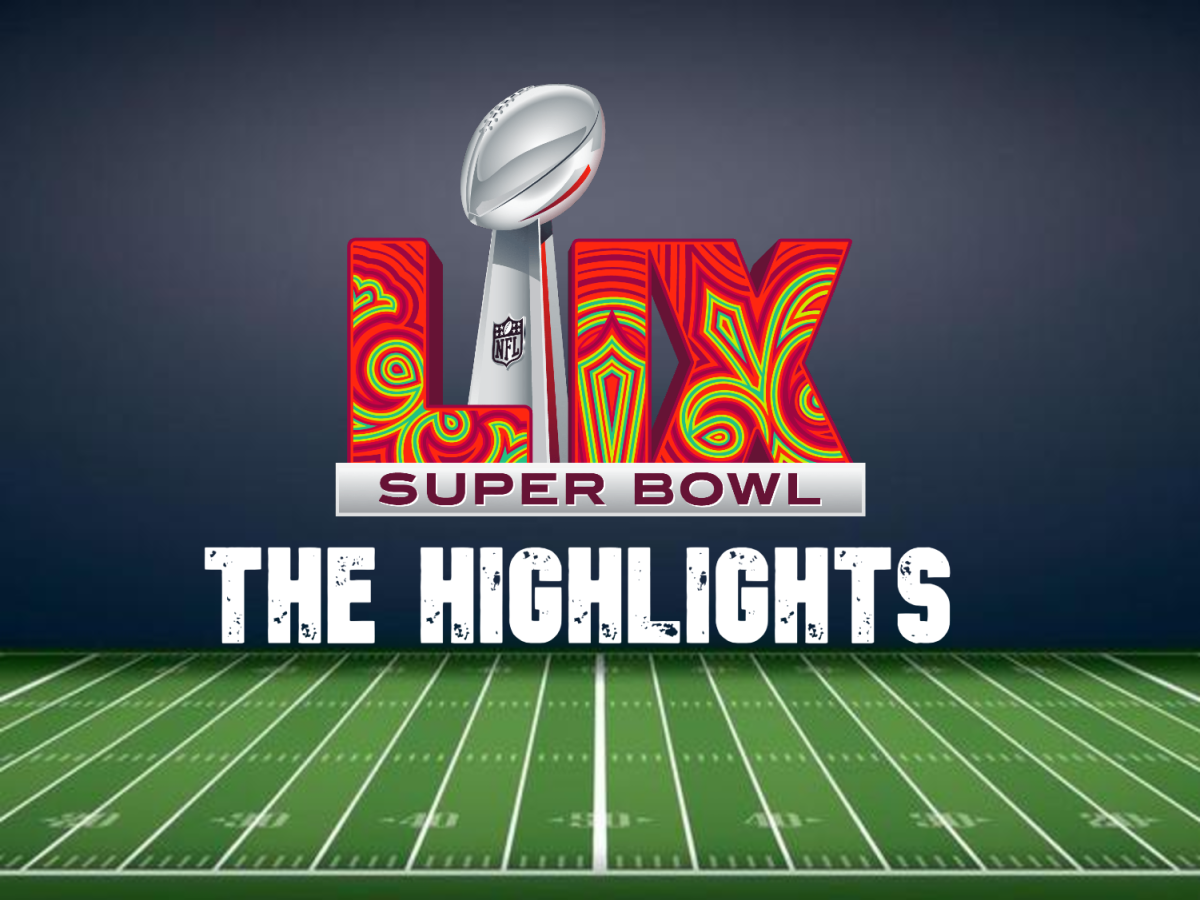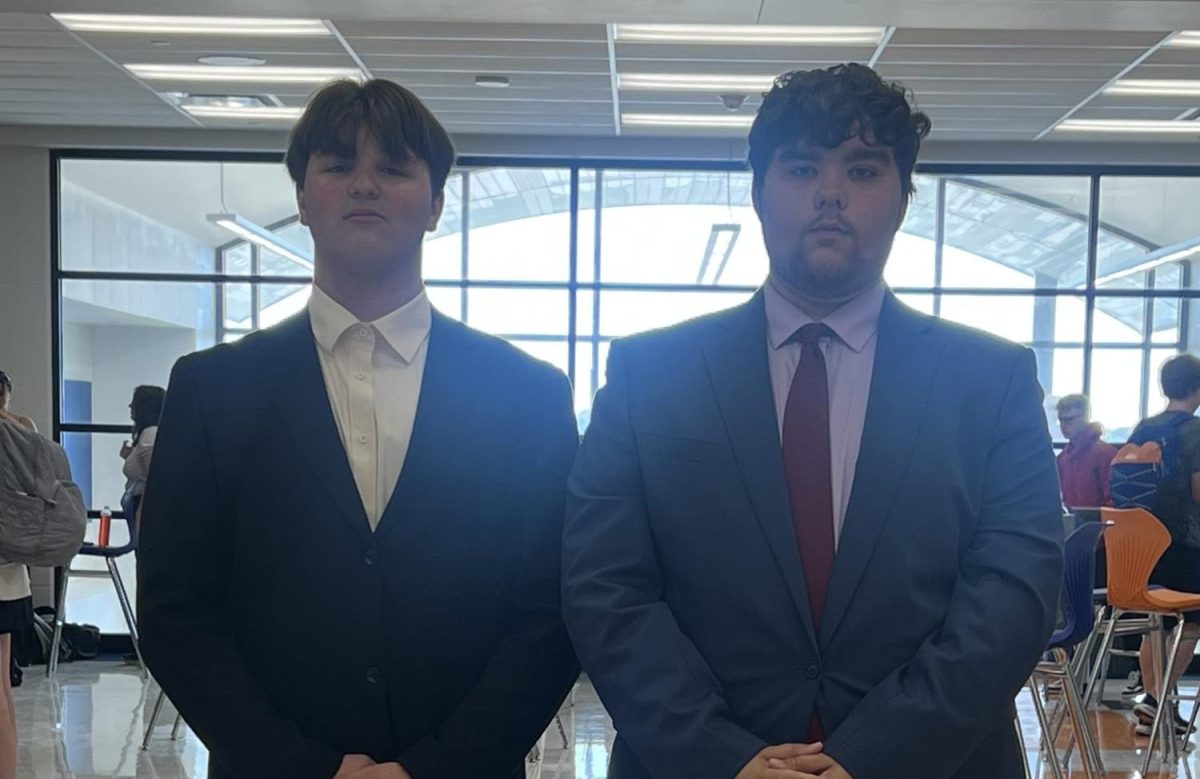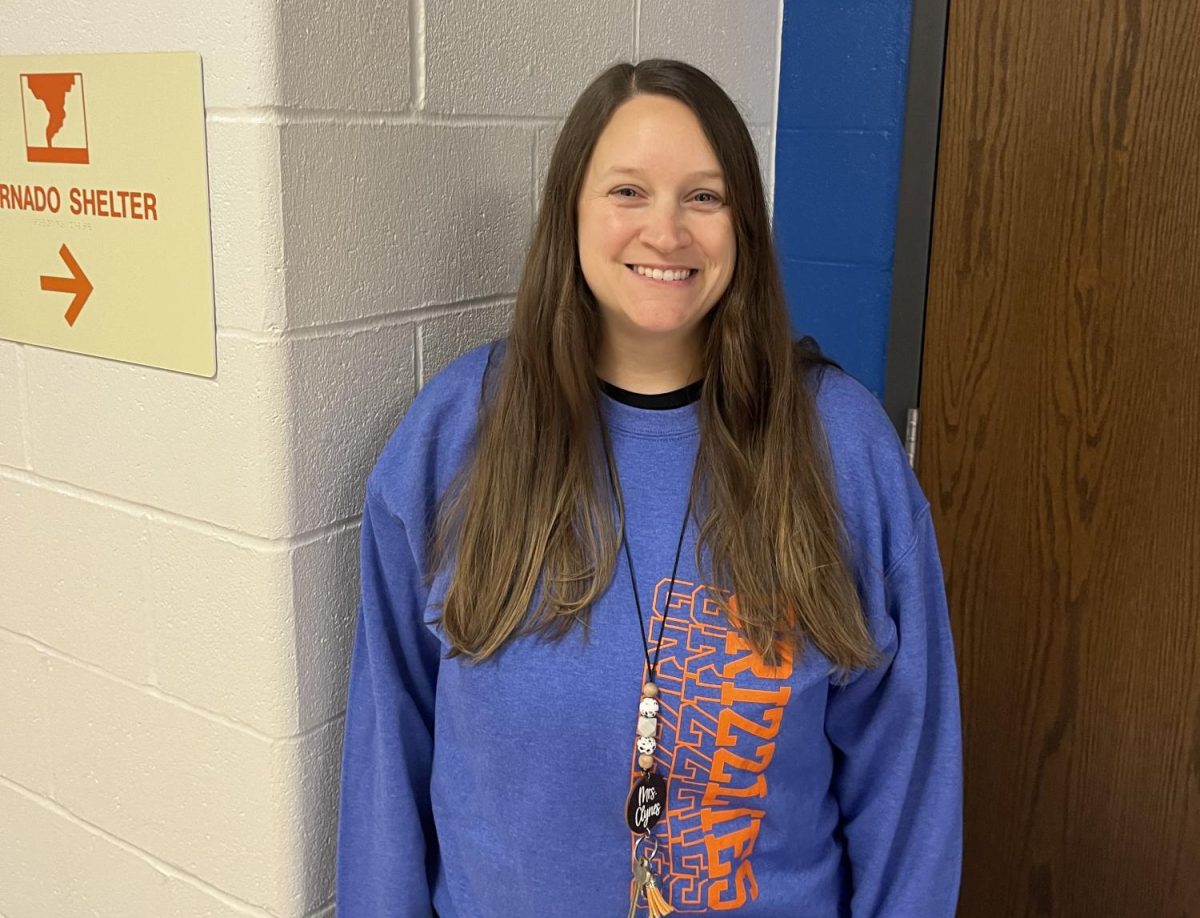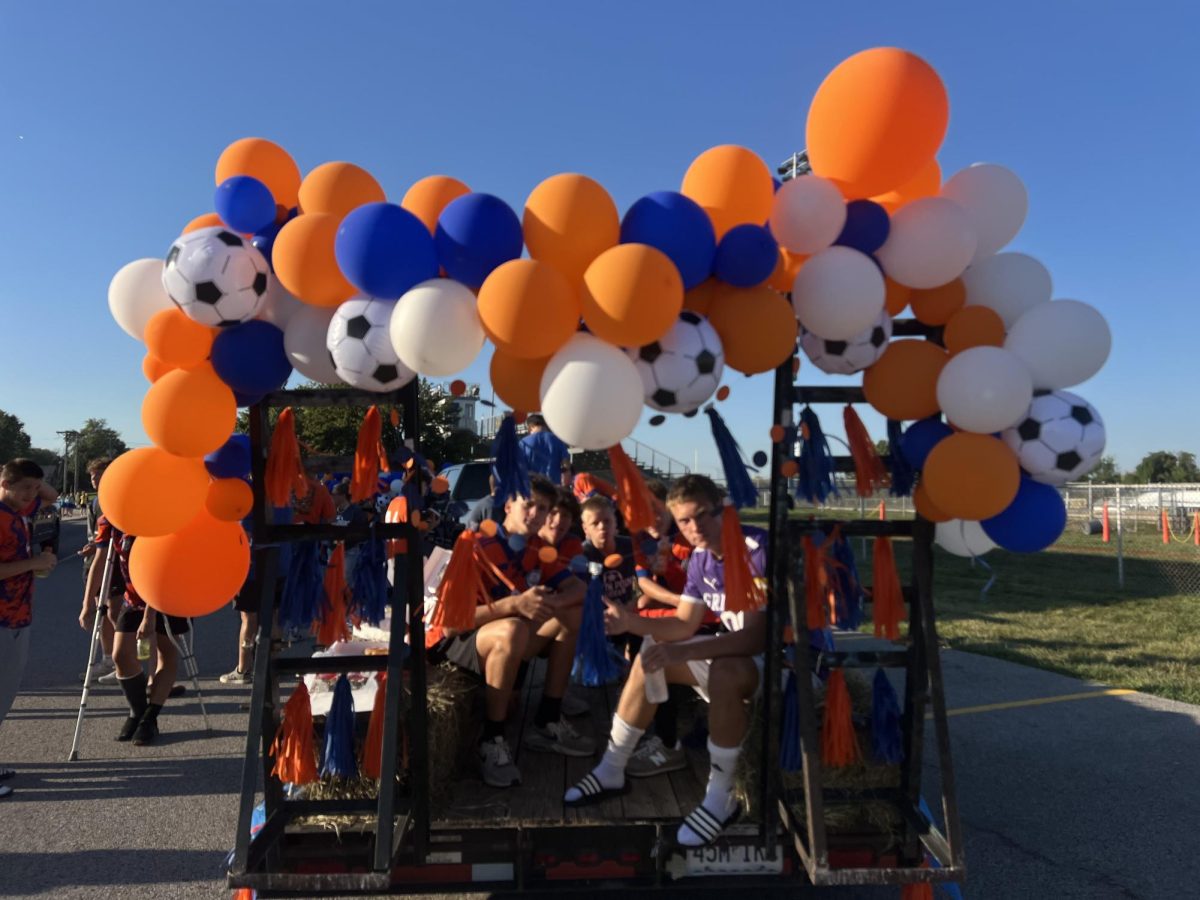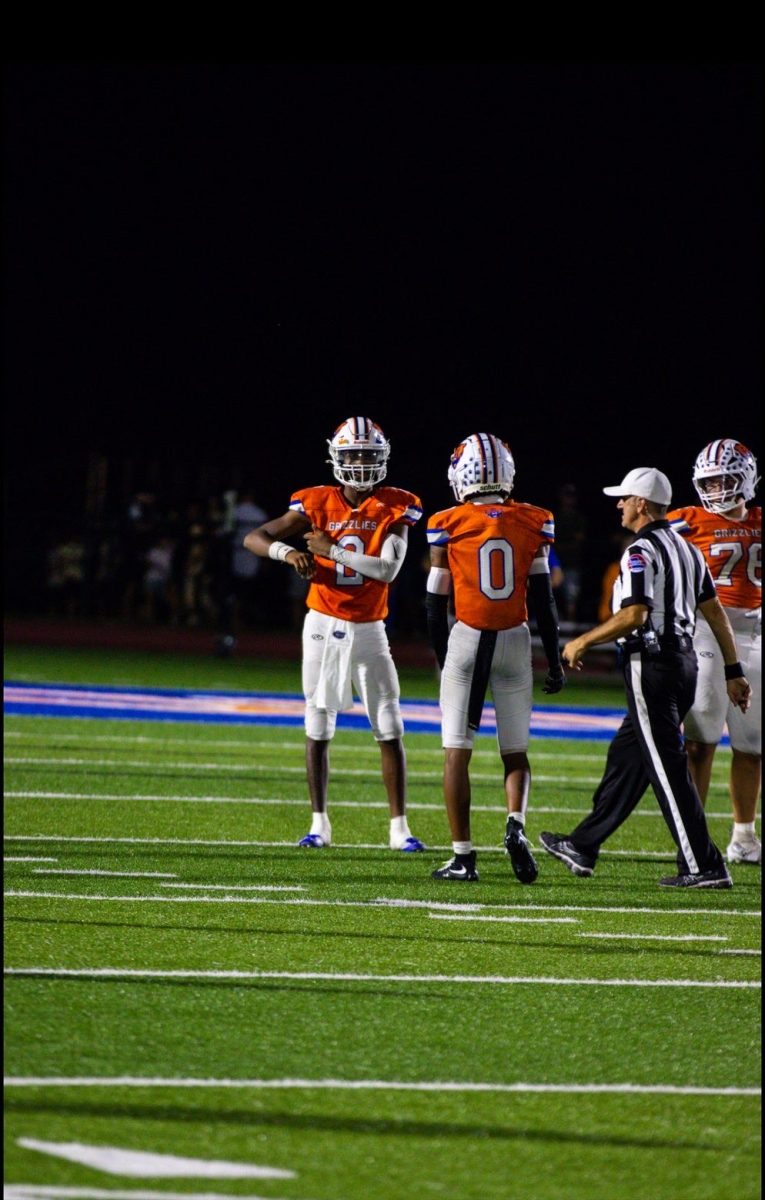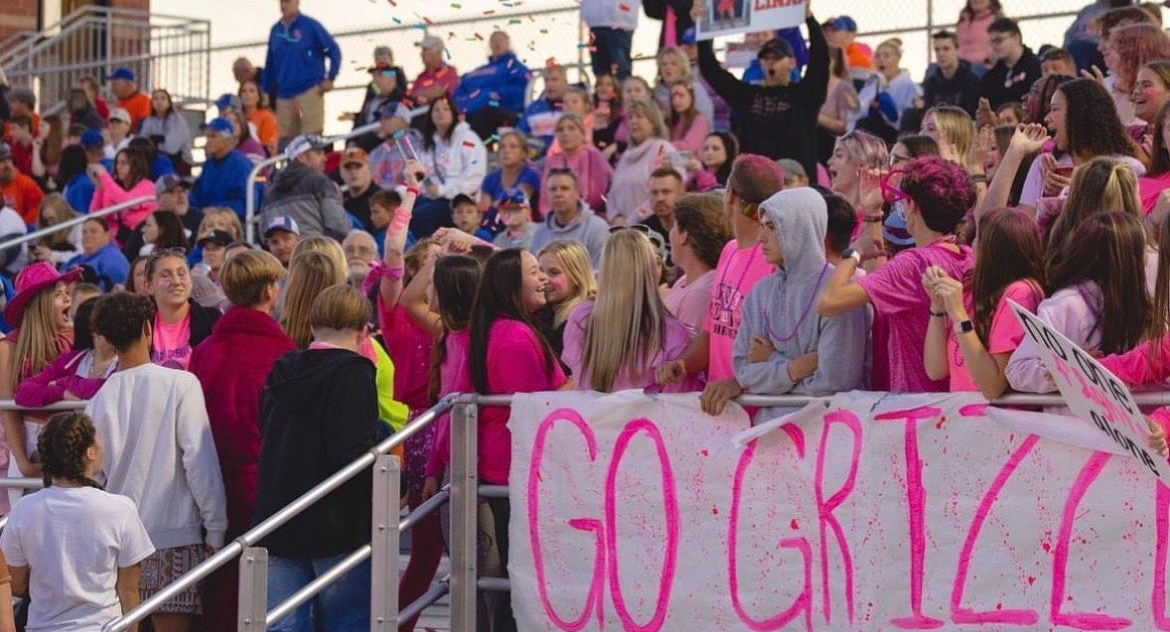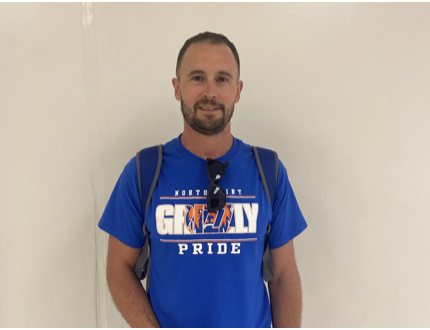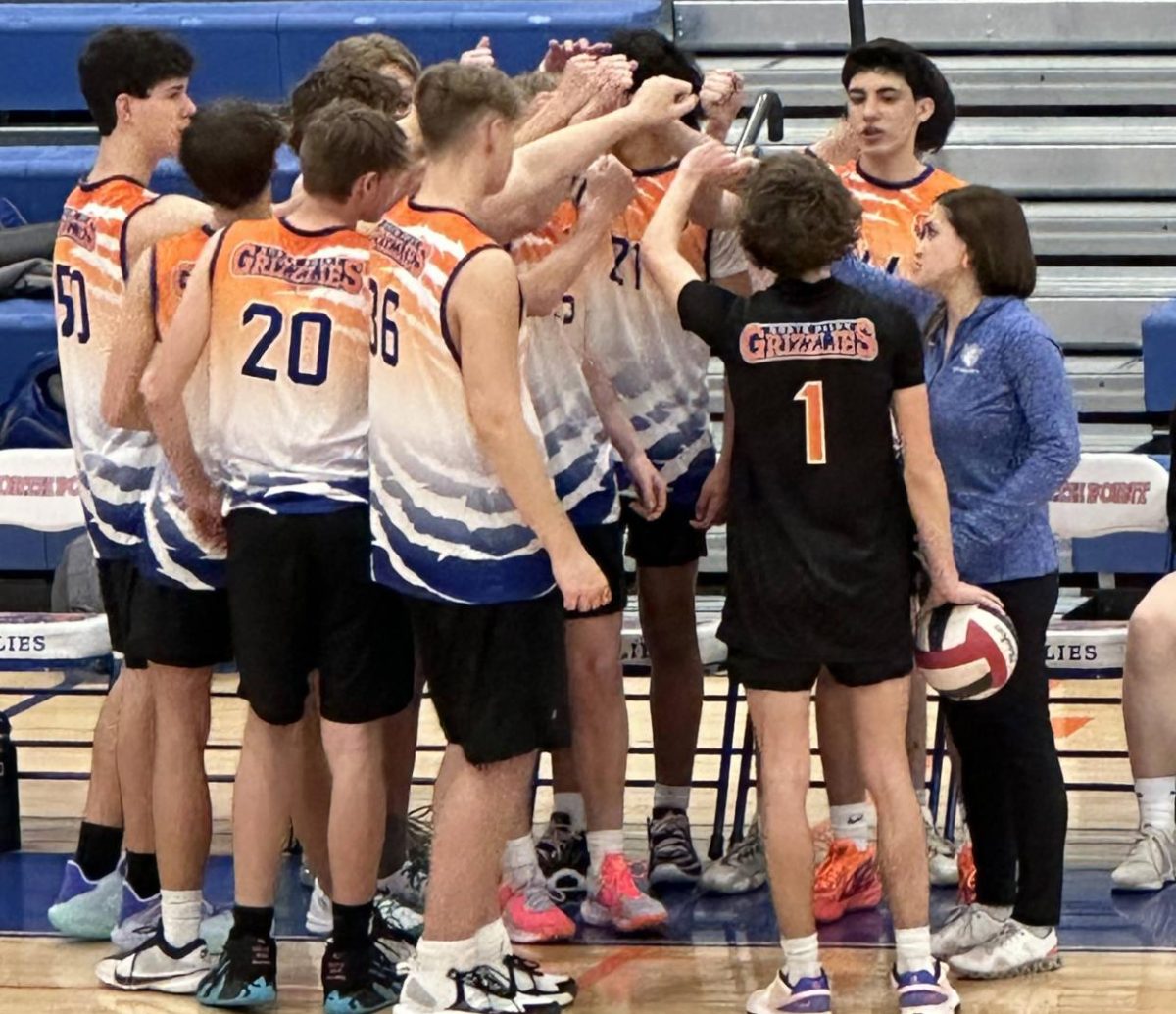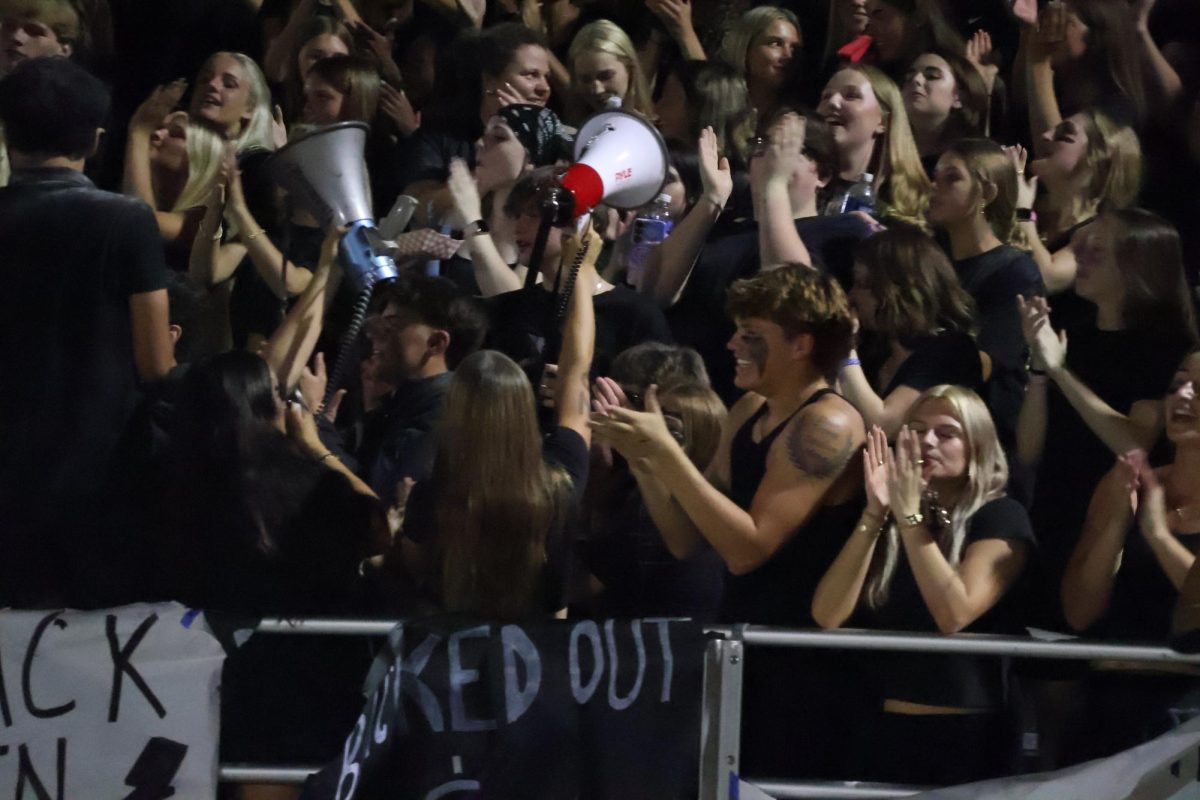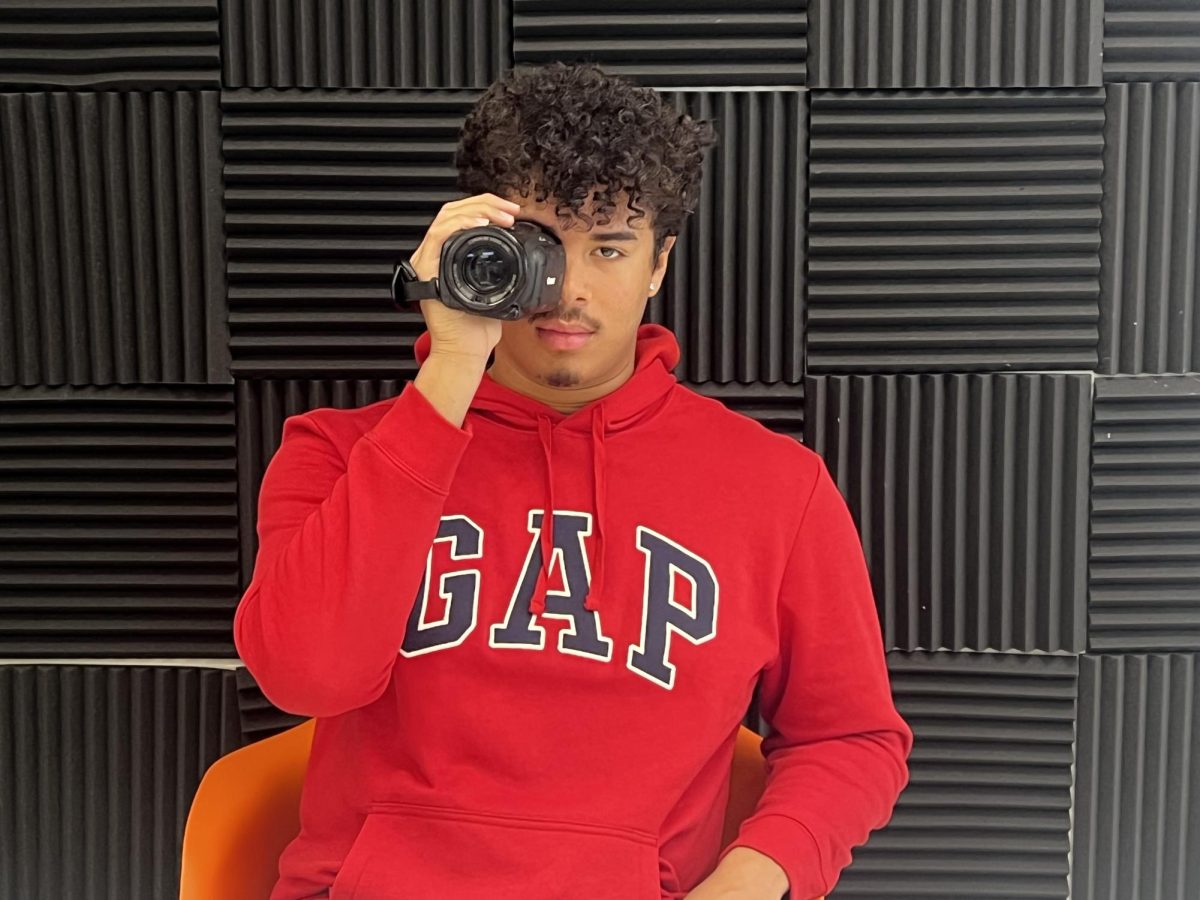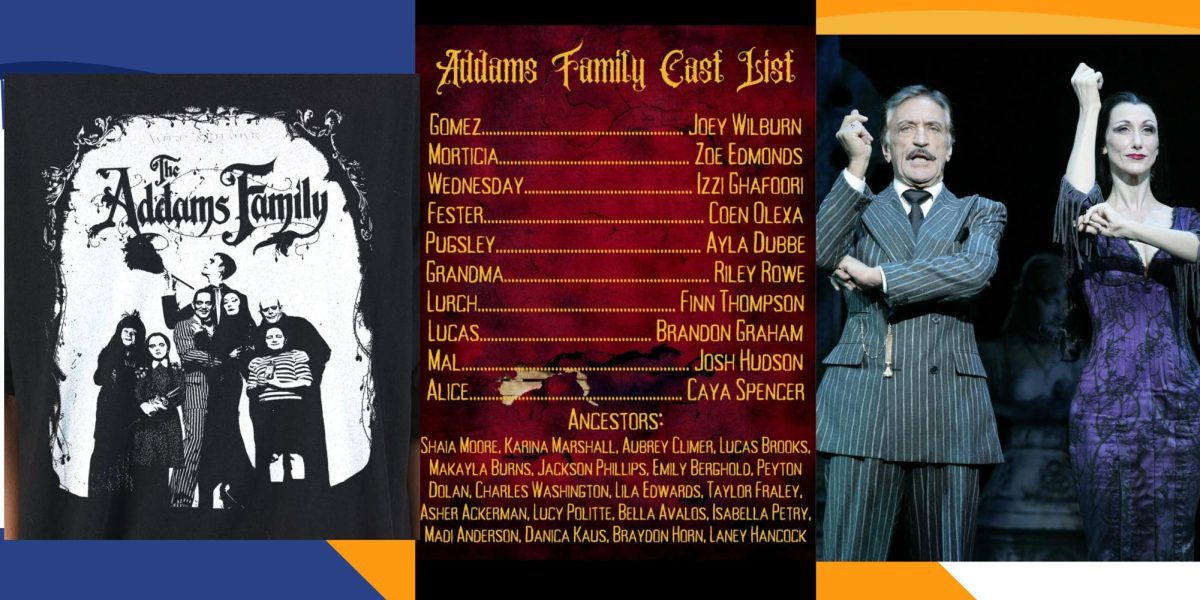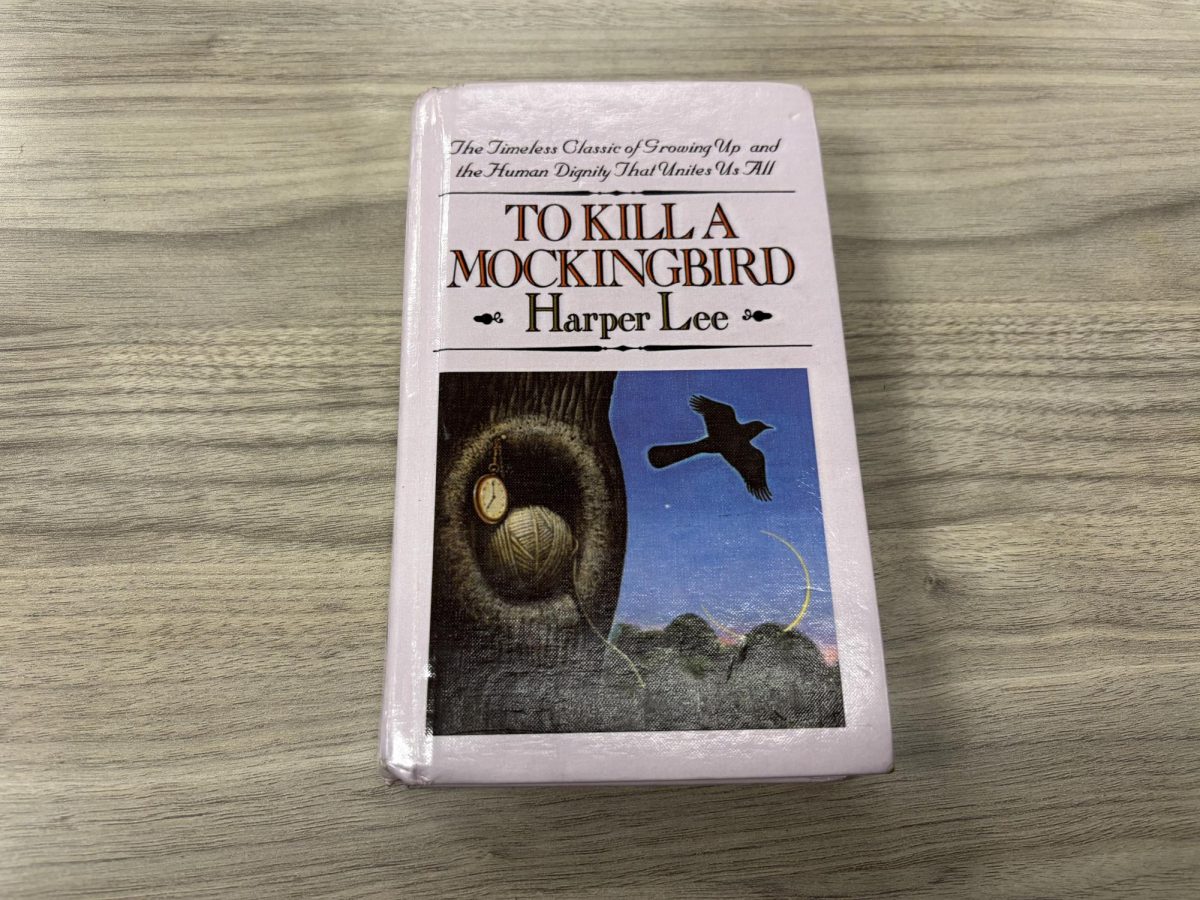In the year 1960, an earth shattering book would be released to the public, a book that now causes a great deal of controversy when introduced to schools, and a book commonly banned among the U.S.. One of the biggest concerns that most schools consider when choosing this book is the age and time it was created, so is this book outdated?
According to the Library of Marshall University, this book was too inappropriate for students and claimed that the book promotes racial hatred.
“The book contains profanity and contains adult themes, such as sexual intercourse, rape, and incest.” Marshall University continues, “The book’s use of racial slurs promotes racial hatred, racial division, racial separation, and promotes white supremacy.”
While on the other hand, our schools own Mrs. Meinhardt believes that schools all over should most definitely teach this classic to their students. Meinhardt argues that the knowledge of what happened and the difficult topics of the book helps readers understand what they need to do to change.
“I teach this book to my students because of the historical significance that it holds,” Meinhardt said. “There’s a lot of controversy around the book because of the themes that it holds, but that’s why it’s worth talking about. When people are afraid to talk about this book, it concerns me because I want students to feel comfortable talking about hard topics.”
When students were asked if they think the book should be taught in schools, a good majority said yes. Danielle Sleight (‘29), a freshman at our school, believes this book explains a side of judgement she’s never seen before, causing her to be more empathetic to people she meets.
“I learned a lot about the judgement that you pass on to others before you even know them,” Danielle Sleight said.
Along with Danielle, lots of other freshmen are very interested in the book, claiming it opened their eyes like never before. For Neely Krueger (‘29), the book gives her insight on the unfair treatment of African Americans in the 1930s. Krueger said she knew it was bad, but this gave her more insight into what real life might have been like.
“I learned a lot about how the community was back then and about racism, and it helped me realize a lot about the community and stuff,” Neely Krueger said.
As for teachers, Mrs. Meinhardt continues to provide her two cents, claiming difficult topics are arguably some of the most valuable conversations. She also agrees that, while some of the students may not have been prepared to read this level of literature, most seemed to understand and have more sympathy for the people of the time.
“I think with some conversations, yes, at first, there is a little discomfort talking about these heavy topics, because I think this is usually a ninth grade text,” Meinhardt said. “In middle school, we see a lot of independent choice reading, and that usually tends to be Diary of a Wimpy Kid or Big Nate or whatever it might be, and then to transition into something that is so much older and has so much more weight is intimidating. But then once they get into it, they see the value that went into those conversations.”
Due to the age and sometimes hidden references in the book (my way of saying there are things that would shock you if you read the novel over again) some critics may believe that the book would be hard to follow. While most students from Mr. Warner’s Advanced English One class, a freshman class reading this book, agreed that the first few chapters were all over the place, but after that, most seemed to grasp the concept.
When asked if To Kill a Mockingbird should be taught in schools, Meinhardt gave a whole-hearted response.
“Without a doubt, unequivocally correct, yes, teach it. Do it!” Mrs. Meinhardt said.
If that doesn’t convince a school to teach this book, what will? Though this book holds lots of controversy, it may be worthwhile. Just like the old saying goes, don’t judge a book by its cover.






